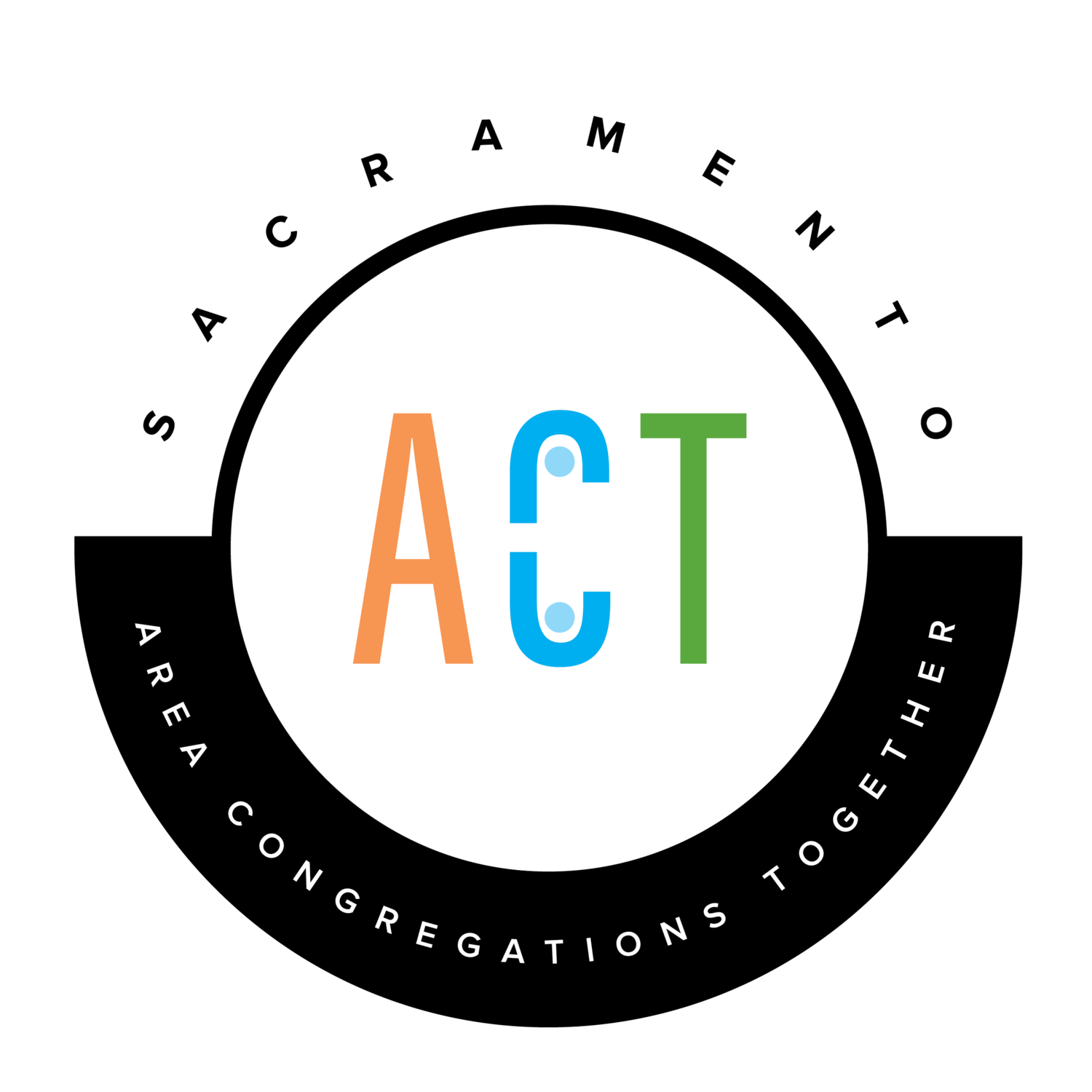When California voters passed Proposition 47 in 2014, they made it clear what they wanted – a criminal justice system that focuses on meaningful alternatives to incarceration with ample resources for rehabilitation and preventive services to help keep people out of jail in the first place.
This month, our Board of Supervisors has the opportunity to make this vision a reality in Sacramento County. Whether they succeed depends on the priorities they set in the county’s budget, with hearings starting Tuesday.
As members of the Sacramento Community Reinvestment Coalition, a broad-based group of community organizations, we urge supervisors to reject the old model of public safety based on incarceration and punishment. This model fills our prisons while doing next to nothing to either prevent individuals from getting caught up in the criminal justice system or to rehabilitate those that do. It’s a waste of taxpayer money, and out of touch with the values of our community.
Instead, supervisors must support better schools, affordable housing, access to health care (including mental health services) and broader access to economic opportunities. These are investments that will truly make our community safer by giving all our residents the chance to thrive. To be truly effective, these services must be community-based rather than provided through the law enforcement system.
We come to this position through hard-won experience with California’s criminal justice system.
Daniel Silva was raised in an abusive household, landed in juvenile hall at 12, was in prison by 18 and spent 39 years there. Those years might have been saved if I had access to community services to help discover the source of my anger and resentment. That’s why I founded Self-Awareness and Recovery, which works in several California prisons and communities to guide young people toward a path that doesn’t trap them in the criminal justice system.
Dee Emmert has a stepson who struggled with addiction and mental illness since his teenage years, and saw him cycle in and out of prison and struggle to find the stability he needs.
With these experiences in mind our message is clear: Investment in community works. When individuals are economically and socially stable, they are less likely to commit crime. When people are diverted from prosecution and incarceration into community-based mental health treatment and given shorter probation and job training, they have the opportunity to rehabilitate themselves and help their communities thrive.
Sacramento County voters get it. In a recent poll, 64 percent favored community investment over incarceration. Like us, voters know the path to a safe community does not lead to the jail house door.
Now it’s supervisors’ turn to show they understand, too, and pass a budget that meets our community’s needs.
